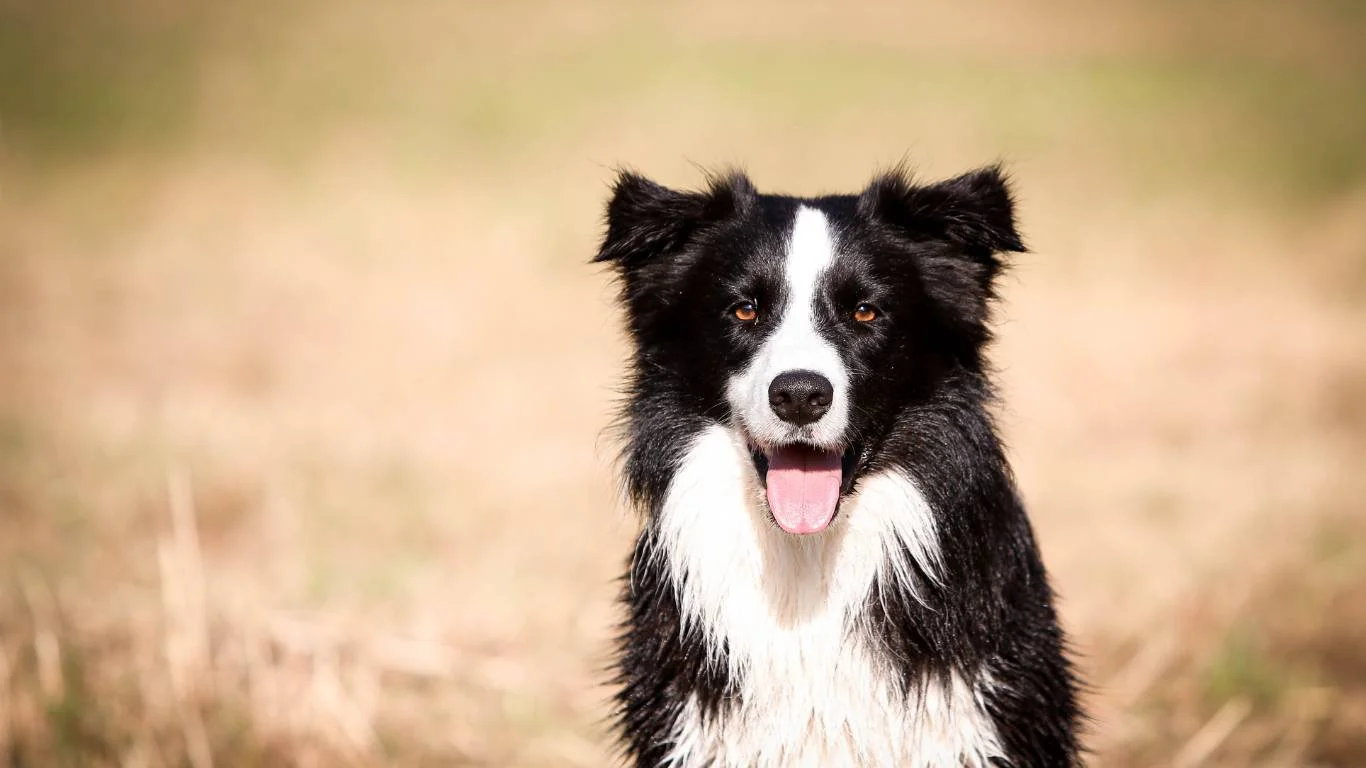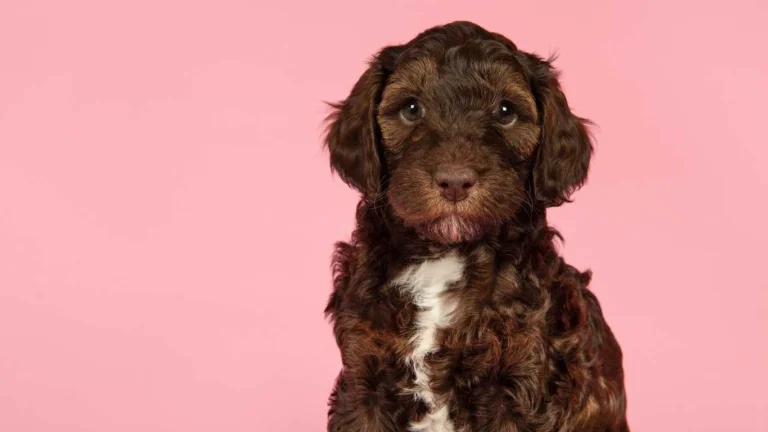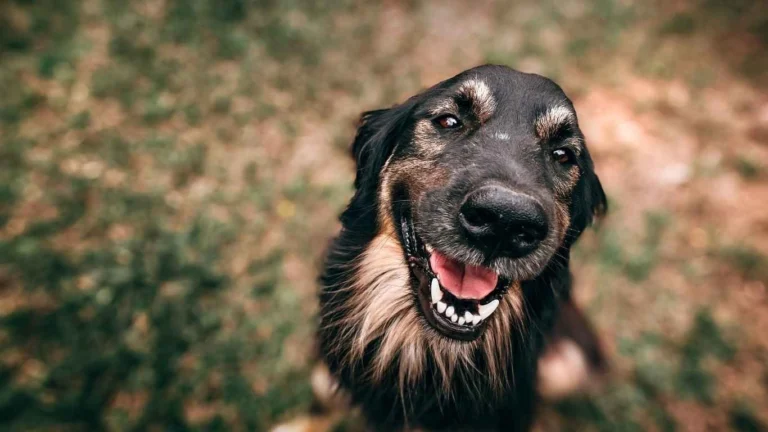Discover What Causes Excessive Drooling in Dogs and How to Manage It
If you’ve ever come home to find your dog’s bed soaked or noticed your pup leaving a slimy trail on your floors, you’re probably wondering: what causes excessive drooling in dogs? As a Veterinary Assistant with a strong focus on nutrition, I’ve had a front-row seat to all kinds of drooling mysteries—from totally harmless slobber to signs of something more serious. And trust me, not all drool is created equal. Some pups are just naturally drooly (looking at you, Saint Bernards), while others might be telling us their body’s trying to flag down some help. Let’s dive into this slippery subject and figure out what might be behind all that doggy drool.
Understanding Normal vs. Excessive Drooling
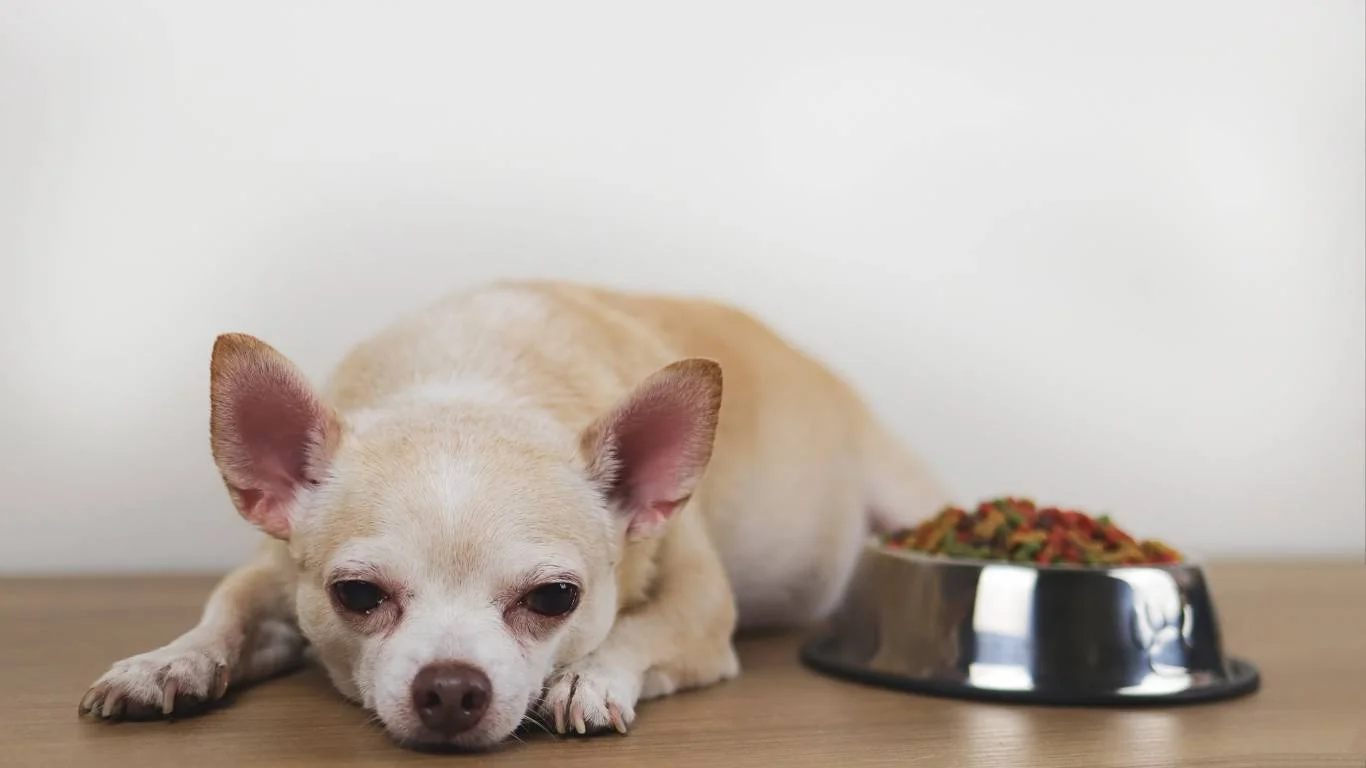
What’s Normal, Anyway?
Every dog drools a little—it’s just part of being a dog. Drool helps with digestion and oral lubrication, especially when food is around. You’ve probably noticed your pup drooling more when you’re cooking up something tasty. Totally normal. Breeds with looser jowls, like Bloodhounds or Mastiffs, tend to drool more just because of their anatomy. It’s a gravity thing—they just don’t have the facial muscle tone to hold all that saliva in.
When It Becomes “Too Much”
So, how do you know if your dog’s drooling has crossed into excessive territory? A good rule of thumb is if the amount of saliva suddenly increases, or if your dog who normally doesn’t drool much suddenly becomes a faucet. In my experience, pet parents usually know when something’s off. If you’re wiping your dog’s mouth constantly or noticing wet patches that weren’t there before, that’s your cue to start paying closer attention.
Common Causes of Excessive Drooling in Dogs
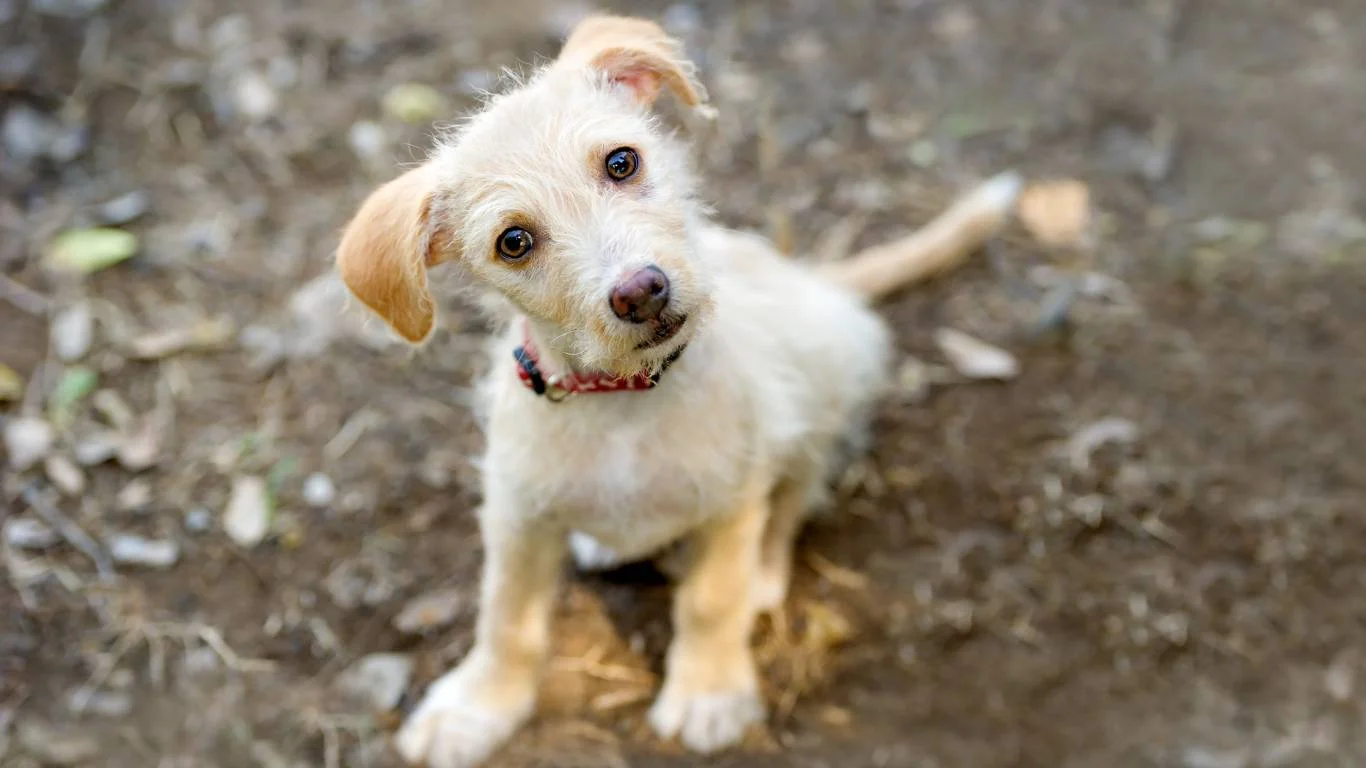
1. Dental Problems
This is one I see way more often than I’d like. Rotten teeth, gum infections, or even something stuck between the teeth (like a bone splinter) can cause a lot of discomfort. And when dogs are in pain, especially around the mouth, they drool. A lot. If your dog’s breath is smellier than usual, or they’re pawing at their mouth, definitely check in with your vet. Dental hygiene is a big deal, and we often underestimate just how much it affects overall health.
2. Nausea or Gastrointestinal Issues
Yep, dogs get queasy too. One of the early signs of nausea in dogs is—you guessed it—drooling. Sometimes it’s car sickness, sometimes it’s an upset stomach from something they shouldn’t have eaten (hello, trash diving). I had a sweet Labrador patient once who would start drooling like crazy about five minutes before a road trip. The poor guy was trying to tell us he didn’t do well with motion. We added a small meal and some ginger-infused supplements before rides, and it made a huge difference.
3. Heatstroke or Overheating
When it gets hot, dogs pant to regulate their temperature. But excessive panting can also lead to excessive drooling. If your dog’s been playing in the sun and suddenly starts drooling heavily, acts lethargic, or has red gums, you might be looking at early signs of heatstroke. It’s serious business—move them to a cooler area, offer water, and get to a vet if symptoms worsen. Prevention here is key: never leave dogs in hot cars, and always provide shade and hydration during warm weather.
4. Anxiety or Stress
Dogs have feelings, and they show them in all kinds of weird ways. One of those is drooling. If your pup gets nervous during thunderstorms, vet visits, or when left alone, you might notice more saliva than usual. I’ve had anxious dogs in the clinic who looked like they just drank from a waterfall. It’s always heartbreaking, but once we identify the stressor and help manage it (sometimes with training, sometimes with calming aids), things usually improve.
5. Foreign Objects or Oral Injuries
Curious noses and mouths get into everything. I’ve pulled out sticks, plastic bits, and even a lost Lego from a dog’s mouth (yes, really). These foreign objects can get lodged or cause minor injuries, which trigger excessive drooling as the mouth tries to soothe itself. If your dog suddenly won’t eat, seems uncomfortable chewing, or keeps tilting their head, something might be stuck or sore. A quick oral exam usually gives us the answer.
When to Worry: Red Flags that Need a Vet Visit
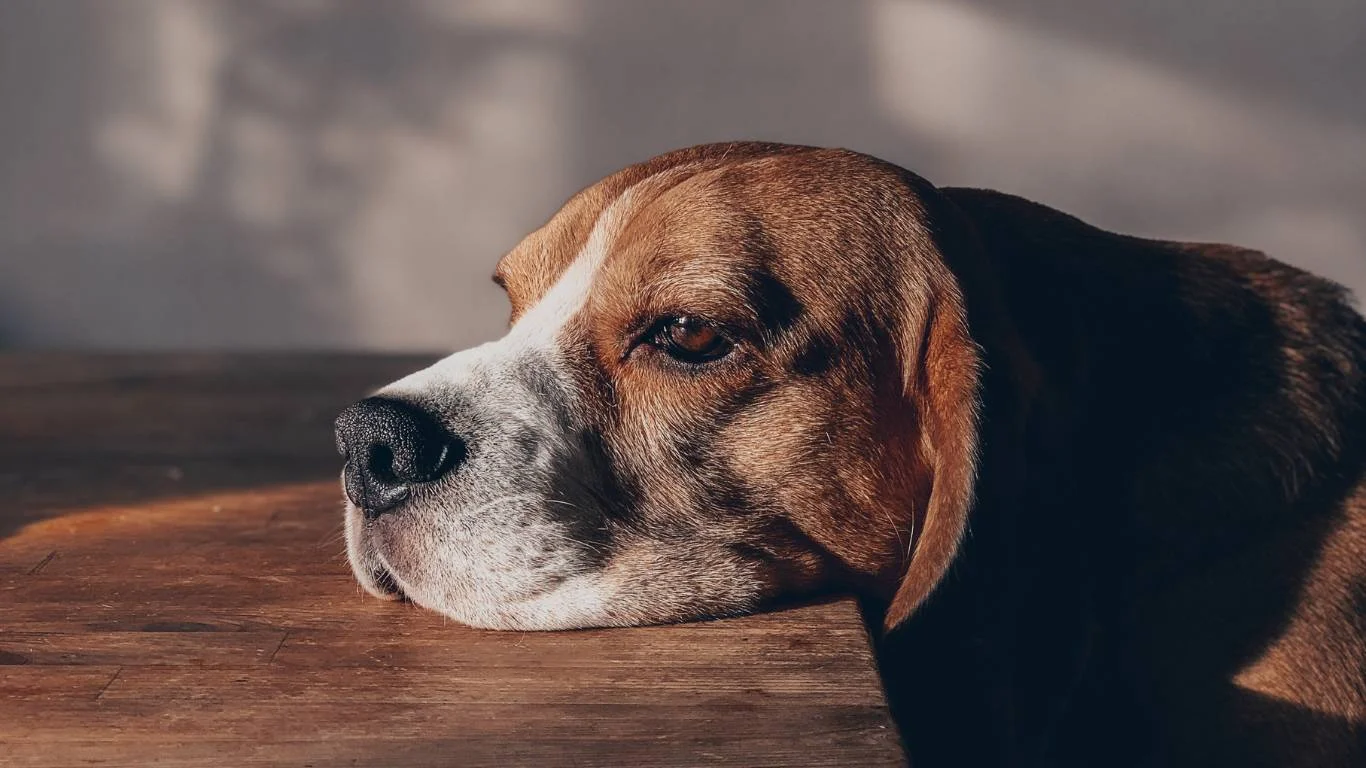
Persistent Drooling With Other Symptoms
Excessive drooling isn’t always a standalone issue. If it comes with other symptoms like vomiting, diarrhea, behavioral changes, loss of appetite, or swelling around the face or neck, it could be a sign of a more serious condition like poisoning, oral tumors, or a neurological issue. I always tell clients—if your gut’s telling you something’s off, don’t wait. You know your dog better than anyone else.
Trouble Swallowing or Eating
Some dogs drool because they physically can’t swallow properly. This could be due to obstructions, esophageal disorders, or even something as scary as rabies (though rare, it’s a possibility in unvaccinated dogs). If your pup seems hungry but can’t or won’t eat, or if they’re drooling and gagging, that’s a vet trip ASAP.
Exposure to Toxins
Certain household and garden items—like slug bait, antifreeze, or even some houseplants—can be extremely toxic to dogs and cause instant drooling. I had a case where a dog got into a bit of laundry detergent pod (scary, I know), and the foaming and drooling were intense. Thankfully the owners acted fast and got to us in time. Always dog-proof your space and keep anything toxic way out of reach.
Less Common – But Serious – Causes of Excessive Drooling in Dogs

Neurological Disorders
This isn’t one you hear about often, but it’s important. When the nerves controlling the face, jaw, or throat aren’t working right, dogs can lose the ability to properly swallow or control saliva. I remember a case at the clinic—a sweet older Border Collie started drooling non-stop, and her tongue just seemed to hang there. After some tests, the vet diagnosed her with facial nerve paralysis. The treatment plan was a mix of meds and supportive care, but it reminded me just how vital the nervous system is in controlling even basic things like drool.
Oral Tumors or Growths
Okay, this one’s tough to talk about, but it’s real. Oral tumors—whether benign or cancerous—can form on the gums, under the tongue, or even in the throat. These growths often make it painful to chew or swallow, which naturally leads to more drooling. If you ever spot a lump in your dog’s mouth, don’t wait. Even if it’s nothing, you’ll want peace of mind. I’ve seen some caught early that were easily removed, and others that were sadly missed until too late. Regular oral exams can seriously save lives.
Infections or Inflammatory Conditions
From abscessed teeth to inflamed tonsils, infections in or around the mouth can lead to excessive saliva production. I once helped treat a pup with a nasty case of stomatitis—basically, the tissues in his mouth were super inflamed. The poor guy couldn’t eat properly and was drooling constantly. It took a mix of antibiotics and a diet change to get him back on track. In cases like these, it’s not just about stopping the drool—it’s about figuring out *why* it’s happening in the first place.
How Nutrition Can Play a Role in Managing Drooling
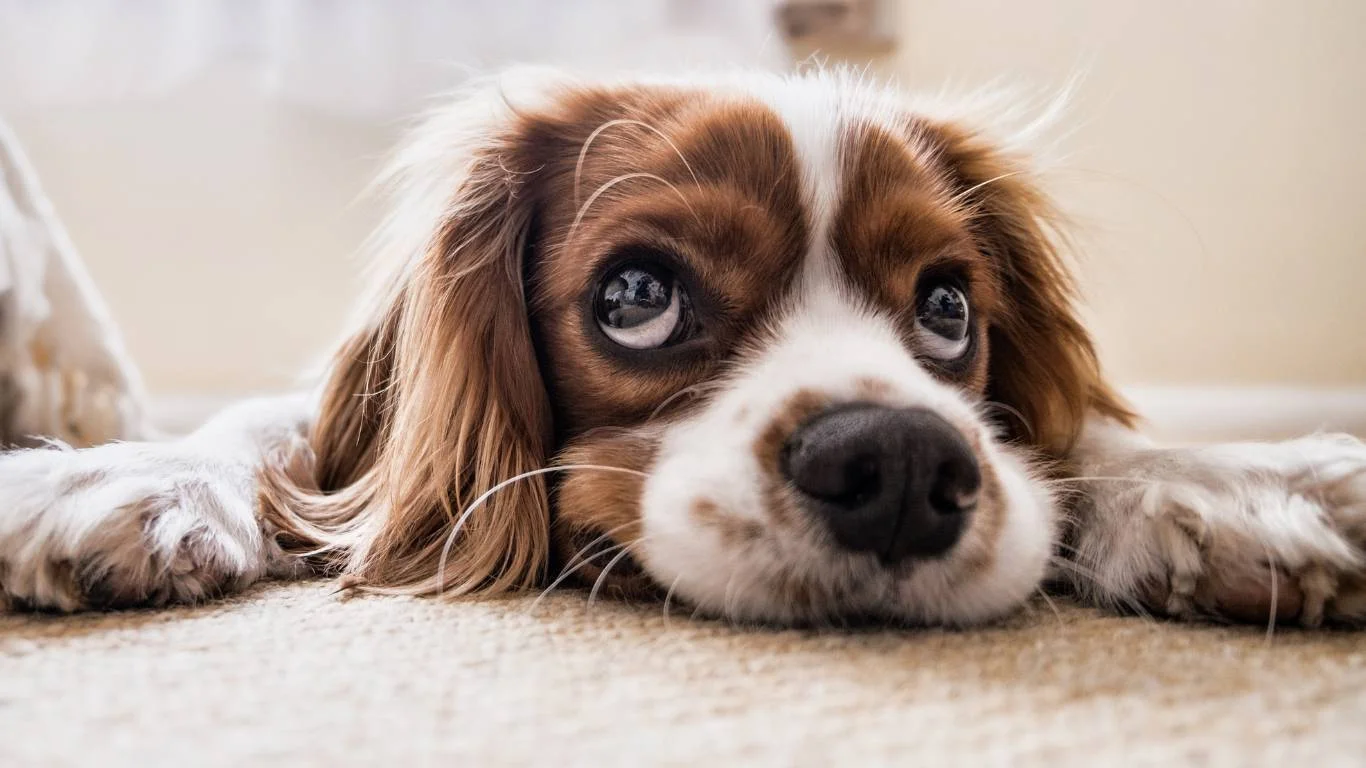
Diet Sensitivities and Allergies
This is right in my wheelhouse—nutrition. Believe it or not, food sensitivities can absolutely cause excess drool in some dogs. I had a Boxer patient who’d start drooling like mad after meals. Turned out, he was reacting to a certain protein in his kibble. We switched him to a limited-ingredient diet, and the drooling eased up almost immediately. If your dog’s drooling spikes after eating, consider what’s in their bowl. Sometimes it’s as simple as switching to a hypoallergenic or more easily digestible diet.
Feeding Habits and Meal Timing
Some dogs drool excessively when they’re overly hungry or anxious about food. That “anticipation drool” can be managed by feeding smaller meals more frequently. One of my clients started feeding her senior dog a little snack before dinner prep time because he’d stand by the counter drooling a puddle waiting for food. That small change made a big difference in keeping things manageable. Also, slow feeders can help calm fast eaters and reduce stress-related drooling at mealtime.
Hydration and Saliva Consistency
Another angle we don’t talk about enough—hydration. Dogs that are slightly dehydrated can actually produce thicker saliva, which feels stickier and messier. Keeping your dog well-hydrated not only supports general health but can help normalize their saliva output. I always recommend adding a splash of water or bone broth to dry food, especially in hot weather or for senior pups who might not drink as much on their own.
Breed-Specific Considerations for Drooling

Jowly Breeds vs. Tight-Muzzled Dogs
Let’s talk about the elephant in the room—some dogs are just born droolers. Breeds like Saint Bernards, Newfoundlands, Bulldogs, and Bloodhounds all have big, floppy lips and heavy jowls that act like natural drool buckets. These dogs aren’t sick—they’re just built that way. If you’ve got a jowly breed, regular mouth wiping and even using a bandana “drool bib” can go a long way. On the flip side, dogs like Greyhounds or Terriers, with tighter facial muscles, shouldn’t drool much at all unless something’s up.
Size and Activity Level
Larger dogs tend to have larger mouths and more saliva glands, which naturally results in more drool. Plus, active breeds that pant more (especially in warm weather) will drool more, too. I’ve seen working breeds like German Shepherds or Labs leave behind a small flood after a long walk. That’s usually nothing to worry about—but always monitor for changes in drool *pattern*, not just amount.
Grooming and Maintenance Tips
If your dog’s a frequent drooler, there are a few things you can do to keep them (and your home) a little cleaner:
- Wipe regularly: Keep a soft towel or cloth handy to dab the mouth after meals or play.
- Use absorbent bandanas: There are even cooling drool bibs that help in summer!
- Keep water bowls clean: Excess saliva can contaminate water fast, so refresh often.
It’s all about being proactive. A little daily care goes a long way when you’re living with a lovable slobber-monster.
Drooling and Behavioral Triggers

Excitement, Anticipation, and Triggers
Remember, drooling isn’t always bad—it can even be a sign your dog is excited or anticipating something good. I’ve had plenty of patients who started drooling the second they saw their leash or smelled treats. Others get worked up by the doorbell or visitors. If you can identify these triggers, you can either reduce the intensity or train around them.
Separation Anxiety and Excess Saliva
This one’s harder on both the pup and the pet parent. Dogs with separation anxiety sometimes drool when left alone, especially in crates or confined spaces. It’s their way of coping with the stress. Behavioral training, puzzle toys, and sometimes even vet-prescribed meds can help reduce the anxiety (and the drool that comes with it). I’ve seen small changes—like leaving a worn shirt with the dog—make a big impact.
Training and Positive Reinforcement
When drooling is tied to specific stimuli (like car rides or vet visits), counter-conditioning can work wonders. One of my favorite patients, a nervous Golden Retriever named Benny, used to drool buckets in the waiting room. We started bringing him by just for treats and short visits, no shots or exams. Over time, his drooling decreased because we rewired how he felt about the place. That’s the magic of positive reinforcement—it changes the emotional response, and the body follows.
When Should You Seek Veterinary Help for Your Drooling Dog?
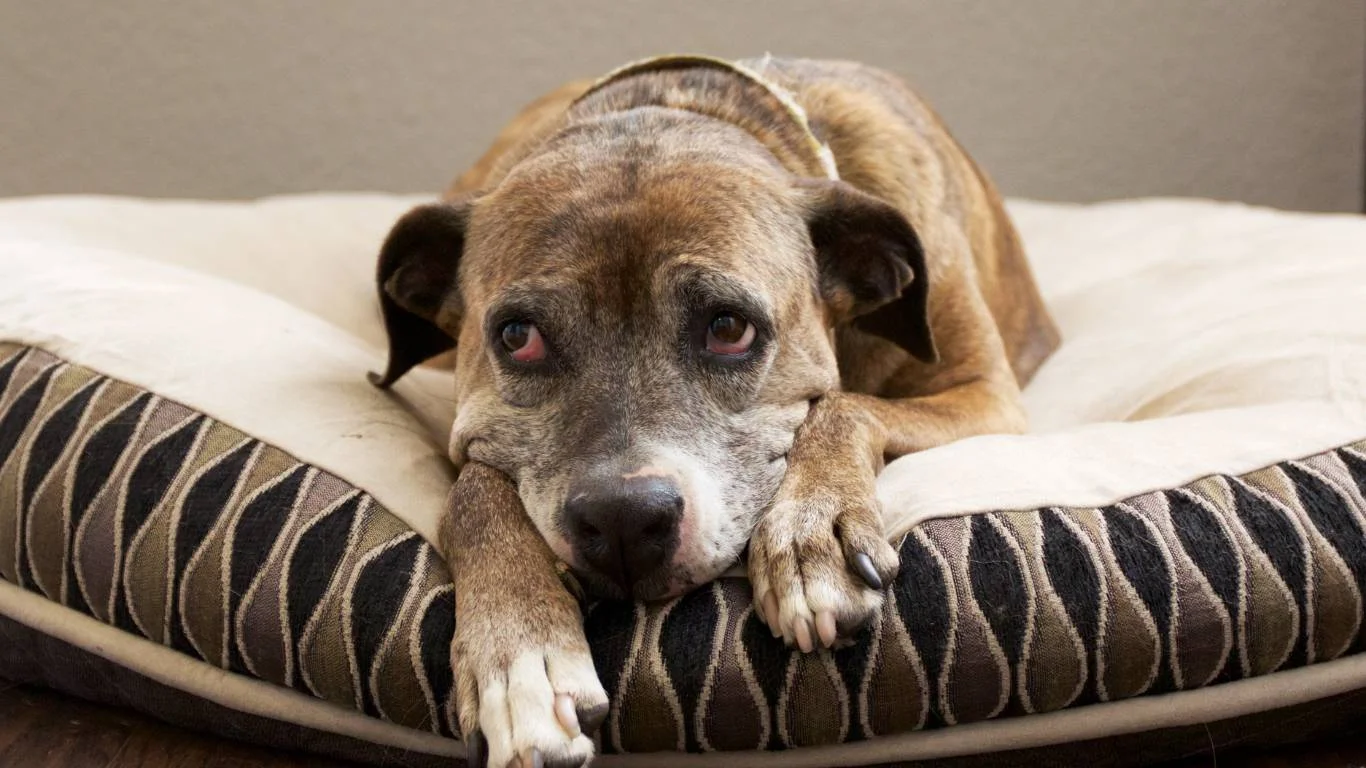
Know When It’s More Than Just Drool
While drooling can be normal, there are certainly situations when it’s a red flag. I always tell pet owners: trust your instincts. You’re the one who knows your dog best. If the drooling is persistent, associated with discomfort, or accompanied by other troubling signs (like vomiting, lethargy, or changes in behavior), it’s definitely time for a vet checkup. If the drooling appears suddenly and the dog’s overall behavior seems off, this could be an indicator of something serious, like poisoning or an underlying health issue.
Key Signs That Require Immediate Attention
There are a few key signs to watch out for that should send you straight to the vet:
- Sudden onset of excessive drooling: If your dog who rarely drools suddenly starts producing an abnormal amount of saliva, that’s worth investigating.
- Accompanying signs of distress: If the drooling is paired with signs of pain, like whining, reluctance to eat, or difficulty chewing, it could be a dental or gastrointestinal issue.
- Difficulty swallowing or eating: If your dog is drooling and also having trouble swallowing or seems reluctant to eat, it’s time to see the vet.
- Exposure to toxins: If you suspect your dog has ingested something toxic, like a household chemical, plant, or even certain foods, seek emergency care right away.
- Swelling or bumps in the mouth: If there’s swelling around the neck or mouth or a visible growth, this might be a sign of an infection or a tumor, which needs to be checked immediately.
Prevention Tips to Minimize Excessive Drooling
Maintaining Oral Health
Prevention often starts with oral care. I’ve mentioned dental health several times in this article, and that’s because it truly plays a huge role in drooling. A lot of dogs start drooling because they have painful dental issues they can’t really communicate. Regular brushing (yes, dogs can get used to it!) and scheduling professional cleanings with your vet can prevent a lot of drooling caused by dental disease. If you’re not sure where to start, ask your vet for recommendations on safe toothpaste and brushes.
Hydration Is Key
Keeping your dog properly hydrated isn’t just about quenching their thirst—it can also help control the thickness of their saliva. If your dog tends to drool more in hot weather or after exercise, make sure they always have access to fresh water. If your dog isn’t drinking enough on their own, consider adding water or low-sodium broth to their food or offering ice cubes as treats. Staying hydrated is an easy yet effective way to support your dog’s overall health and reduce excessive drooling.
Training to Address Anxiety-Related Drooling
If your dog’s drooling is a response to anxiety, training and behavior modification can make a significant difference. Take it from me—managing a nervous dog is all about consistency. I’ve worked with several anxious dogs who drooled heavily in the car or at the vet’s office. Slowly desensitizing them to these situations, with positive reinforcement (and plenty of treats), can help calm them down. For example, try taking your dog to the vet just for a weigh-in and some treats, instead of a full exam. Over time, they’ll learn that the vet’s office isn’t something to dread, and the drooling will likely lessen.
Feeding Adjustments to Reduce Drooling
As I mentioned before, diet plays a big role in drooling. If your dog has food sensitivities, working with your vet to find a hypoallergenic or limited-ingredient diet might reduce drooling. Avoid giving your dog table scraps or feeding them foods that could cause digestive upset. Similarly, if you’re feeding dry kibble, make sure your dog is drinking plenty of water to help break down the food and prevent mouth discomfort.
Common Myths About Drooling in Dogs
Myth 1: Drooling Only Happens in Big Dogs
It’s easy to assume that drooling is only an issue for large breeds like Saint Bernards or Mastiffs, but that’s not true. While these breeds might naturally drool more due to their physical traits, dogs of all sizes can experience excessive drooling. It’s important not to dismiss drooling in smaller dogs, as it could still be a sign of health issues that need attention.
Myth 2: Drooling Is Always a Sign of a Serious Problem
Not every drool puddle is a cause for panic. Sometimes, drooling is just a part of your dog’s personality—especially in breeds known for being more slobbery. A little extra drool after a walk, during mealtime, or in response to excitement doesn’t always mean something’s wrong. However, if the drooling is excessive, persistent, or comes with other symptoms, that’s when you need to pay closer attention.
Myth 3: All Drooling Is Related to the Mouth
It’s easy to assume that drooling only happens because something’s wrong with the mouth or teeth. However, I’ve seen cases where dogs drool excessively due to issues unrelated to the mouth, such as nausea, gastrointestinal problems, or even neurological disorders. So, if you notice your dog’s drooling is accompanied by other signs like vomiting, lethargy, or unusual behavior, it’s important to explore all possible causes.
References and Further Reading
If you’re looking for more information on drooling and other health concerns in dogs, I recommend checking out these trusted sources:
- PetMD – Your trusted source for pet health advice
- American Kennel Club – For breed-specific health and behavior tips
- National Institutes of Health – Resources for general health
- Health.com – Health advice for humans and their furry companions
Remember, if your dog’s drooling seems out of the ordinary or comes with other concerning symptoms, don’t hesitate to consult with a veterinarian. Drool might be a sign of something harmless, but it could also be a signal that something needs attention. Your vet is the best resource to help you navigate your dog’s health, so trust their expertise to keep your four-legged friend happy and healthy.
Disclaimer
This article is for informational purposes only and should not be used as a substitute for professional veterinary advice. Always consult with a qualified veterinarian if you have concerns about your pet’s health or behavior.
